Home>Technology>Home Entertainment Systems>What Is Digital Television?
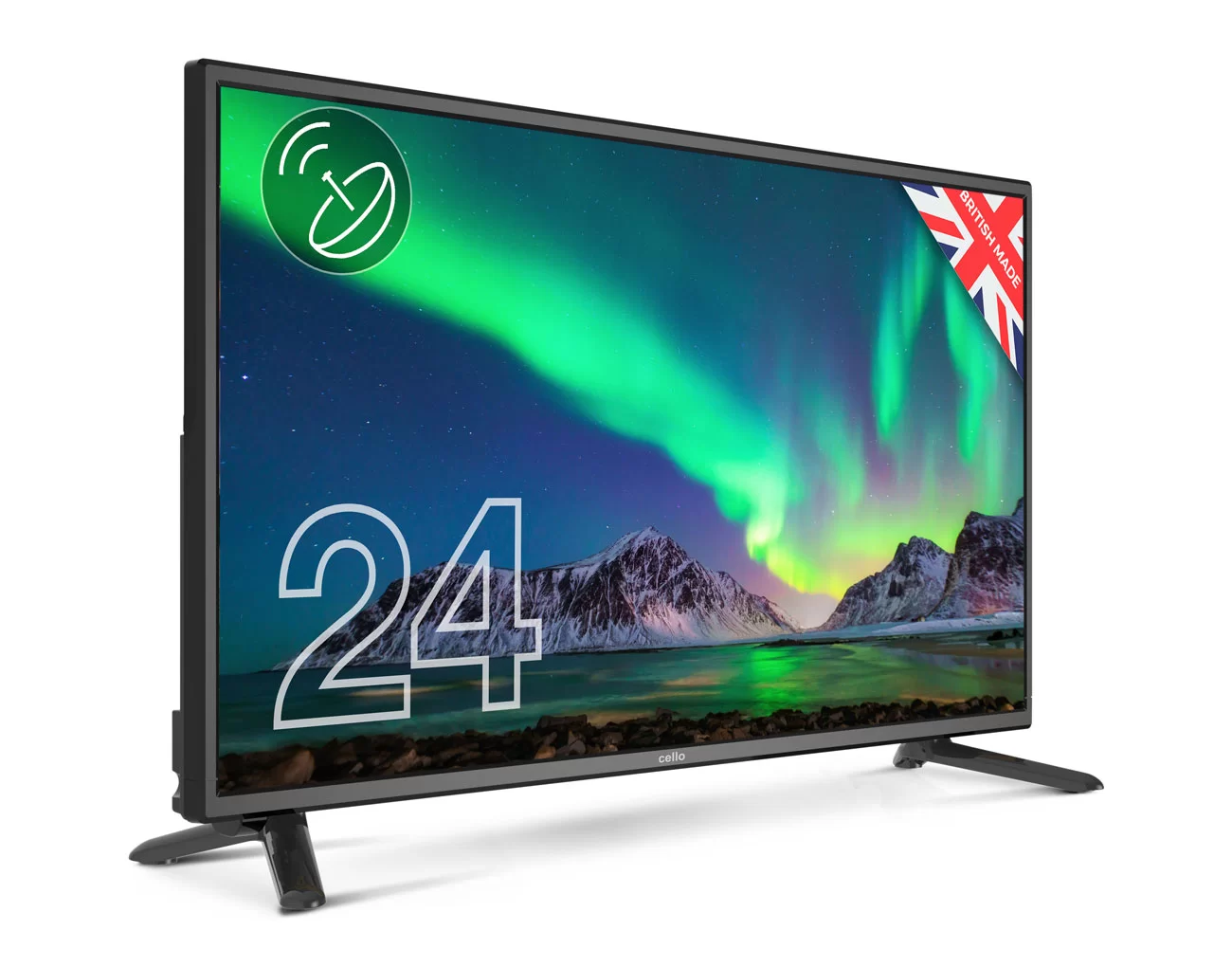

Home Entertainment Systems
What Is Digital Television?
Modified: January 9, 2024
Discover the benefits of digital television for your home entertainment system. Learn about the latest technology and features. Choose the best option for your viewing pleasure.
(Many of the links in this article redirect to a specific reviewed product. Your purchase of these products through affiliate links helps to generate commission for Storables.com, at no extra cost. Learn more)
Introduction
Welcome to the world of digital television, where entertainment meets cutting-edge technology. In the digital age, television has undergone a remarkable transformation, offering viewers an enhanced viewing experience that surpasses the limitations of traditional analog systems. Digital television, often referred to as DTV, has revolutionized the way we consume visual content, delivering crystal-clear images, immersive sound, and a plethora of interactive features. As we delve into the realm of digital television, we will explore its history, functionality, benefits, and potential drawbacks, shedding light on the intricacies of this innovative medium.
The evolution of television technology has paved the way for digital television to emerge as the new standard in home entertainment. With its ability to transmit high-definition content and support interactive services, digital television has become a cornerstone of modern living. Whether you're an avid sports enthusiast, a movie buff, or a fan of captivating documentaries, digital television offers an unparalleled viewing experience that caters to diverse preferences.
Join us on a journey through the captivating world of digital television as we unravel its origins, delve into its inner workings, and uncover the myriad ways in which it has reshaped the entertainment landscape. Let's embark on an exploration of digital television and gain a deeper understanding of its impact on our daily lives.
Key Takeaways:
- Digital television offers crystal-clear images, immersive sound, and interactive features, revolutionizing the way we consume visual content and providing a diverse array of programming options for viewers’ unique interests.
- While digital television brings compelling advantages such as high-definition clarity and immersive surround sound, it’s important to consider potential challenges like equipment compatibility and signal reception issues when embracing this transformative technology.
Read more: What Is Television
History of Digital Television
The inception of digital television can be traced back to the late 20th century, marking a significant milestone in the evolution of visual communication. The transition from analog to digital broadcasting revolutionized the way television signals were transmitted and received, ushering in a new era of high-definition viewing.
In the early 1990s, the concept of digital television gained momentum as technological advancements paved the way for a more efficient and versatile broadcasting system. This shift was driven by the desire to overcome the limitations of analog broadcasting, such as signal degradation and limited channel capacity. The development of digital compression techniques and the emergence of digital transmission standards laid the groundwork for the widespread adoption of digital television.
One of the pivotal moments in the history of digital television was the introduction of the Advanced Television Systems Committee (ATSC) standards in the United States. These standards, which encompassed the transmission, reception, and display of digital television signals, set the stage for a new era of high-definition programming. As a result, consumers gained access to sharper images, vibrant colors, and immersive surround sound, transforming their viewing experience.
Furthermore, the global transition to digital television gathered momentum as countries around the world embraced the benefits of digital broadcasting. Governments and regulatory bodies played a crucial role in facilitating this transition by setting timelines for the phasing out of analog broadcasting and incentivizing the adoption of digital television technology.
Over time, the proliferation of digital television brought forth a diverse array of channels and programming options, catering to the varied interests of audiences. The advent of interactive features, electronic program guides, and on-demand content further enriched the viewing experience, empowering viewers with greater control over their entertainment choices.
As we reflect on the history of digital television, it becomes evident that this technological leap has redefined the way we engage with visual media, offering unparalleled clarity, interactivity, and convenience. The journey from analog to digital television represents a transformative chapter in the evolution of home entertainment, setting the stage for a more immersive and dynamic viewing experience.
How Digital Television Works
At the core of digital television lies a sophisticated system that harnesses advanced technology to deliver seamless and captivating viewing experiences. Unlike traditional analog broadcasting, which transmits signals as continuous electrical waves, digital television operates by encoding audio and video signals into a digital format before transmission.
When a television program is produced, the audio and video content is digitized, meaning it is converted into a series of binary digits (0s and 1s) that represent the audiovisual information. This digital data is then compressed using specialized algorithms to reduce file sizes without compromising quality, enabling efficient transmission and storage.
Once the content is prepared for transmission, it is encoded into a specific digital format, such as MPEG-2 or MPEG-4, which are widely used for video compression. These formats facilitate the efficient storage and transmission of high-quality audiovisual content, making it feasible to deliver high-definition programming to viewers’ homes.
When a digital television signal is transmitted, it travels through the air via radio frequency waves or is delivered through cable or satellite systems. Upon reaching the receiving device, such as a digital television set or a set-top box, the signal is decoded and decompressed to retrieve the original audio and video data. This process ensures that the transmitted content is faithfully reconstructed for display on the screen and reproduction through the speakers.
One of the key advantages of digital television is its ability to support high-definition (HD) and ultra-high-definition (UHD) resolutions, offering viewers exceptionally sharp and detailed images. Additionally, digital television allows for the transmission of multichannel audio, enabling immersive surround sound experiences that enhance the overall viewing pleasure.
Moreover, digital television opens the door to interactive features and supplementary services, such as electronic program guides, on-demand content, and interactive applications. These features empower viewers to engage with their favorite programs in new and exciting ways, adding depth and interactivity to the traditional television-watching experience.
As we unravel the inner workings of digital television, it becomes clear that this technology leverages digital encoding, compression, and transmission to deliver a rich and dynamic entertainment experience. By harnessing the power of digital technology, television has transcended its traditional boundaries, offering viewers a captivating and immersive visual journey.
Advantages of Digital Television
Digital television brings forth a host of compelling advantages that elevate the viewing experience and redefine the way audiences engage with visual content. From enhanced picture quality to interactive features, the benefits of digital television encompass a wide spectrum of captivating attributes.
- High Definition Clarity: One of the standout advantages of digital television is its ability to deliver high-definition (HD) and ultra-high-definition (UHD) content, showcasing stunning clarity and detail. Viewers can immerse themselves in razor-sharp images that bring their favorite programs to life with unparalleled visual fidelity.
- Immersive Surround Sound: Digital television supports multichannel audio formats, enabling immersive surround sound experiences that complement the high-definition visuals. From cinematic soundscapes to concert-like audio quality, digital television enriches the auditory dimension of entertainment, captivating audiences with captivating audio experiences.
- Interactive Features: With digital television, viewers gain access to interactive services and features that enhance their engagement with televised content. Electronic program guides, on-demand programming, interactive applications, and supplementary information enrich the viewing experience, empowering audiences to personalize their entertainment choices.
- Wider Variety of Channels: Digital television expands the horizons of channel offerings, providing audiences with a diverse array of programming options to cater to their unique interests. From specialized niche channels to international content, digital television broadens the spectrum of available channels, ensuring that viewers can explore a rich tapestry of visual content.
- Efficient Use of Bandwidth: Digital television optimizes the use of bandwidth, allowing for the transmission of multiple high-quality channels within the same frequency spectrum. This efficient allocation of bandwidth enables broadcasters to deliver a broader range of content without compromising on quality, maximizing the utilization of available resources.
By harnessing the power of digital technology, television has transcended its traditional boundaries, offering viewers a captivating and immersive visual journey. The advantages of digital television extend far beyond enhanced picture quality, encompassing a rich tapestry of features and capabilities that redefine the viewing experience.
Digital television refers to the transmission of television signals in a digital format, which allows for better picture and sound quality compared to traditional analog television. It also allows for more channels and interactive features.
Disadvantages of Digital Television
While digital television presents a myriad of advantages, it also comes with its own set of drawbacks that warrant consideration. Understanding the potential limitations of digital television can provide a comprehensive perspective on this evolving technology, allowing viewers to make informed decisions about their home entertainment systems.
- Equipment Compatibility: The transition to digital television may necessitate the upgrade or replacement of existing television sets and related equipment to ensure compatibility with digital broadcasting standards. This can present a financial investment for consumers who need to adapt their home entertainment setups to accommodate digital television signals.
- Signal Reception Challenges: In some cases, digital television signals may be susceptible to interference or reception challenges, leading to issues such as signal dropout or degraded picture quality. Factors such as geographical terrain, atmospheric conditions, and obstructions can impact the reliability of digital television reception, potentially affecting the viewing experience.
- Initial Setup Complexity: Setting up a digital television system, including antenna installation, signal scanning, and equipment configuration, may pose challenges for individuals who are unfamiliar with the intricacies of digital broadcasting technology. The initial setup process can require technical expertise and troubleshooting to ensure optimal performance.
- Bandwidth Limitations: While digital television optimizes bandwidth utilization, the allocation of limited frequency spectrum for broadcasting purposes can lead to constraints on the number of channels and services that can be delivered within a specific geographic area. This can result in channel lineup limitations and potential trade-offs in content diversity.
- Transition Period Disruptions: During the transition from analog to digital television, viewers may experience disruptions or inconveniences as broadcasters and regulatory authorities implement changes to the broadcasting infrastructure. This transitional phase can introduce uncertainties and adjustments for audiences accustomed to traditional analog television.
By acknowledging the potential disadvantages of digital television, consumers can navigate the evolving landscape of home entertainment with a balanced understanding of the technology’s intricacies. While digital television offers compelling benefits, it is essential to consider the associated challenges and trade-offs to make informed decisions about embracing this transformative medium.
Read more: What Is On Television Tonight?
Digital Television Standards
As digital television continues to redefine the way visual content is delivered and experienced, a set of standards and specifications govern the transmission, reception, and display of digital television signals. These standards play a pivotal role in ensuring interoperability, quality, and compatibility across various broadcasting systems and consumer devices.
One of the prominent digital television standards is the Advanced Television Systems Committee (ATSC) standard, which has gained widespread adoption in the United States and other regions. The ATSC standard encompasses the encoding, modulation, and transmission protocols for digital television signals, facilitating the delivery of high-definition content and interactive services to viewers’ homes.
Another notable digital television standard is the Digital Video Broadcasting (DVB) suite of standards, which has been embraced by countries across Europe, Asia, and other parts of the world. The DVB standards encompass a range of specifications for satellite, cable, terrestrial, and handheld digital television broadcasting, offering a comprehensive framework for efficient and versatile content delivery.
Furthermore, the Integrated Services Digital Broadcasting (ISDB) standard, developed in Japan, has made significant inroads in the realm of digital television, particularly in regions such as South America and parts of Asia. The ISDB standard incorporates robust features for high-definition broadcasting, interactive services, and mobile television, catering to diverse viewing preferences and technological advancements.
These digital television standards are instrumental in shaping the technological landscape of broadcasting, ensuring that content providers, broadcasters, and consumer electronics manufacturers adhere to a unified framework for delivering high-quality, interoperable digital television services. By adhering to these standards, stakeholders in the digital television ecosystem can foster seamless compatibility and a cohesive viewing experience for audiences worldwide.
The evolution of digital television standards continues to reflect the dynamic nature of broadcasting technology, with ongoing advancements and refinements that aim to elevate the quality, accessibility, and innovation of digital television services. As the global community embraces digital television, adherence to robust standards remains paramount in driving the convergence of technology and entertainment.
Conclusion
The journey through the realm of digital television has unveiled a captivating tapestry of technological innovation, immersive experiences, and transformative capabilities. From its historical evolution to its intricate workings and diverse standards, digital television stands as a testament to the convergence of cutting-edge technology and captivating entertainment.
As we reflect on the evolution of television technology, the transition from analog to digital broadcasting has redefined the way audiences engage with visual content, offering an array of advantages that encompass high-definition clarity, immersive surround sound, and interactive features. The advent of digital television has expanded the horizons of home entertainment, presenting viewers with a rich tapestry of channels, programming options, and interactive services that cater to diverse preferences.
While digital television brings forth a host of compelling advantages, it is important to acknowledge the potential challenges and trade-offs associated with this transformative technology. From equipment compatibility to signal reception challenges, understanding the nuances of digital television empowers consumers to navigate the evolving landscape of home entertainment with informed perspectives and considerations.
Central to the seamless delivery and reception of digital television signals are the robust standards and specifications that govern the broadcasting ecosystem. The ATSC, DVB, and ISDB standards, among others, serve as pillars of interoperability, quality, and technological advancement, fostering a cohesive framework for the global proliferation of digital television services.
As digital television continues to evolve, it underscores the dynamic interplay between technology and entertainment, shaping the way audiences consume, interact with, and immerse themselves in visual content. The future of digital television holds promise for continued innovation, enhanced user experiences, and the convergence of diverse media platforms, reaffirming its position as a cornerstone of modern home entertainment.
With its remarkable journey from analog origins to digital prominence, television has transcended the confines of conventional broadcasting, embracing a new era of visual storytelling, interactivity, and technological prowess. As we embrace the captivating world of digital television, we embark on a perpetual quest for enriched viewing experiences, technological convergence, and boundless entertainment possibilities.
Frequently Asked Questions about What Is Digital Television?
Was this page helpful?
At Storables.com, we guarantee accurate and reliable information. Our content, validated by Expert Board Contributors, is crafted following stringent Editorial Policies. We're committed to providing you with well-researched, expert-backed insights for all your informational needs.



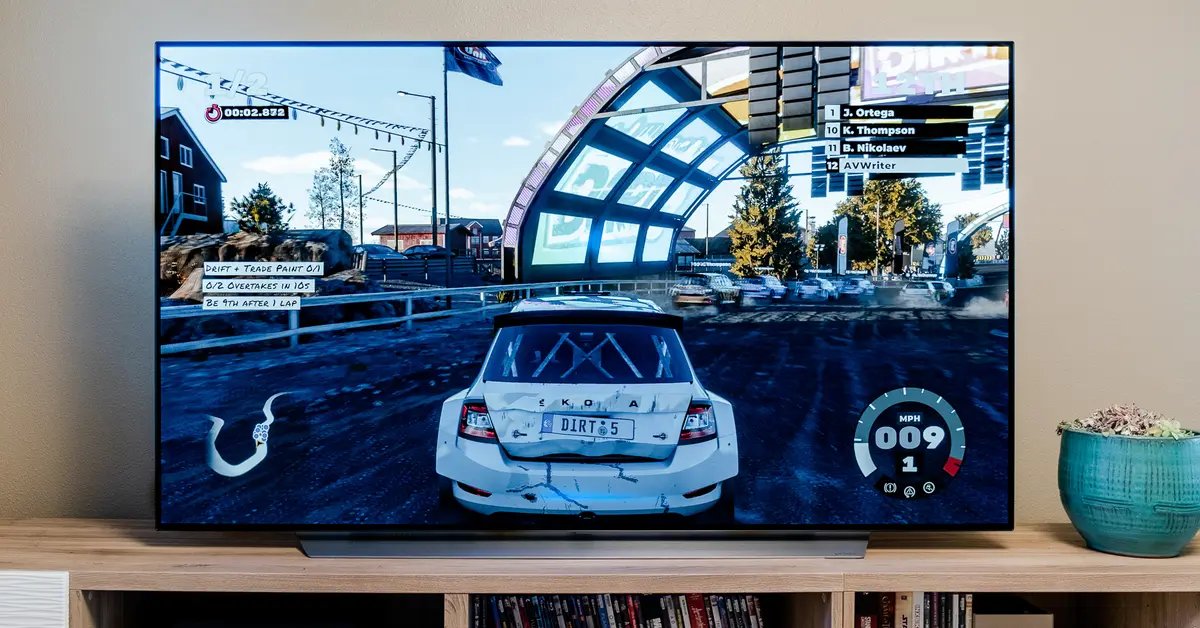
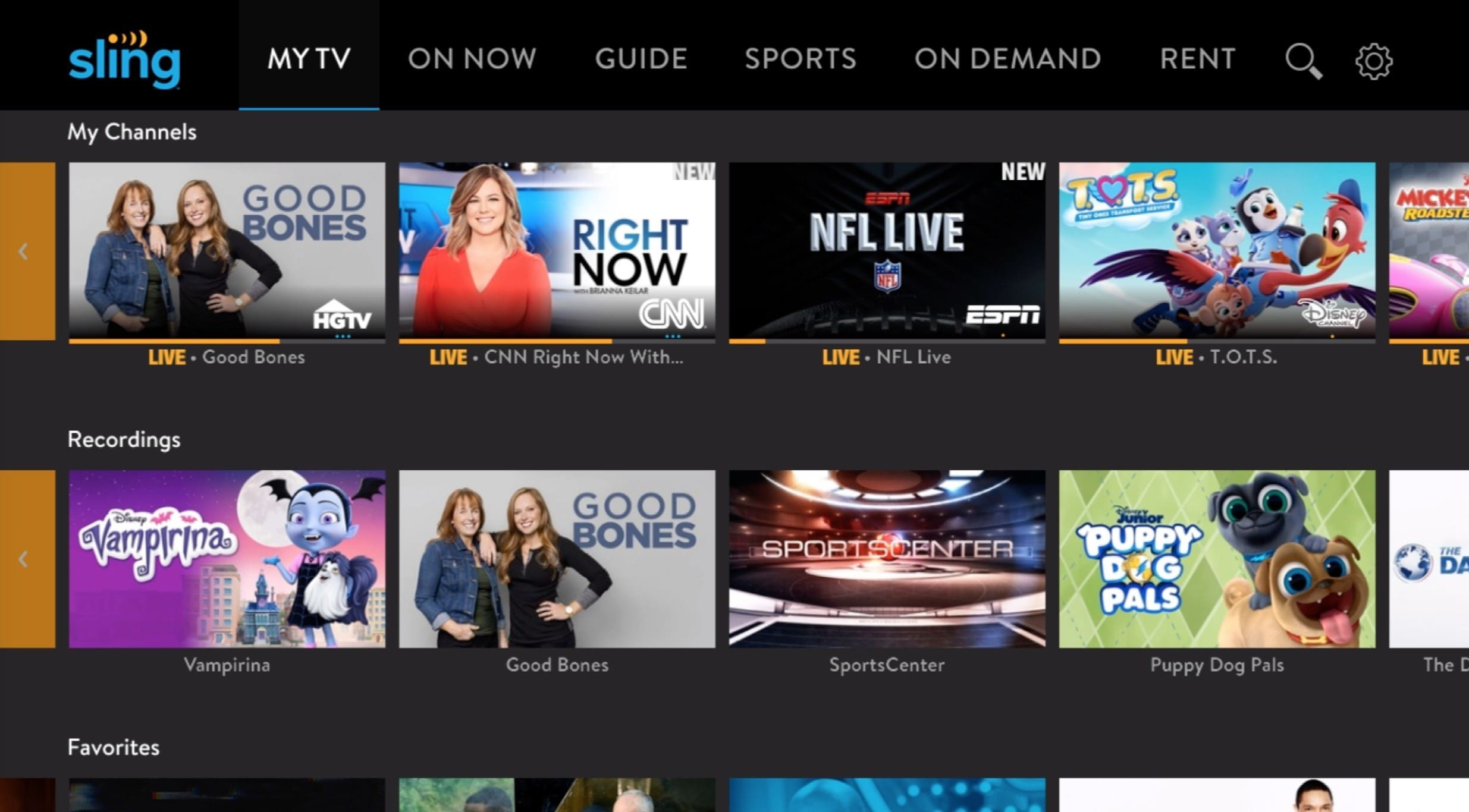
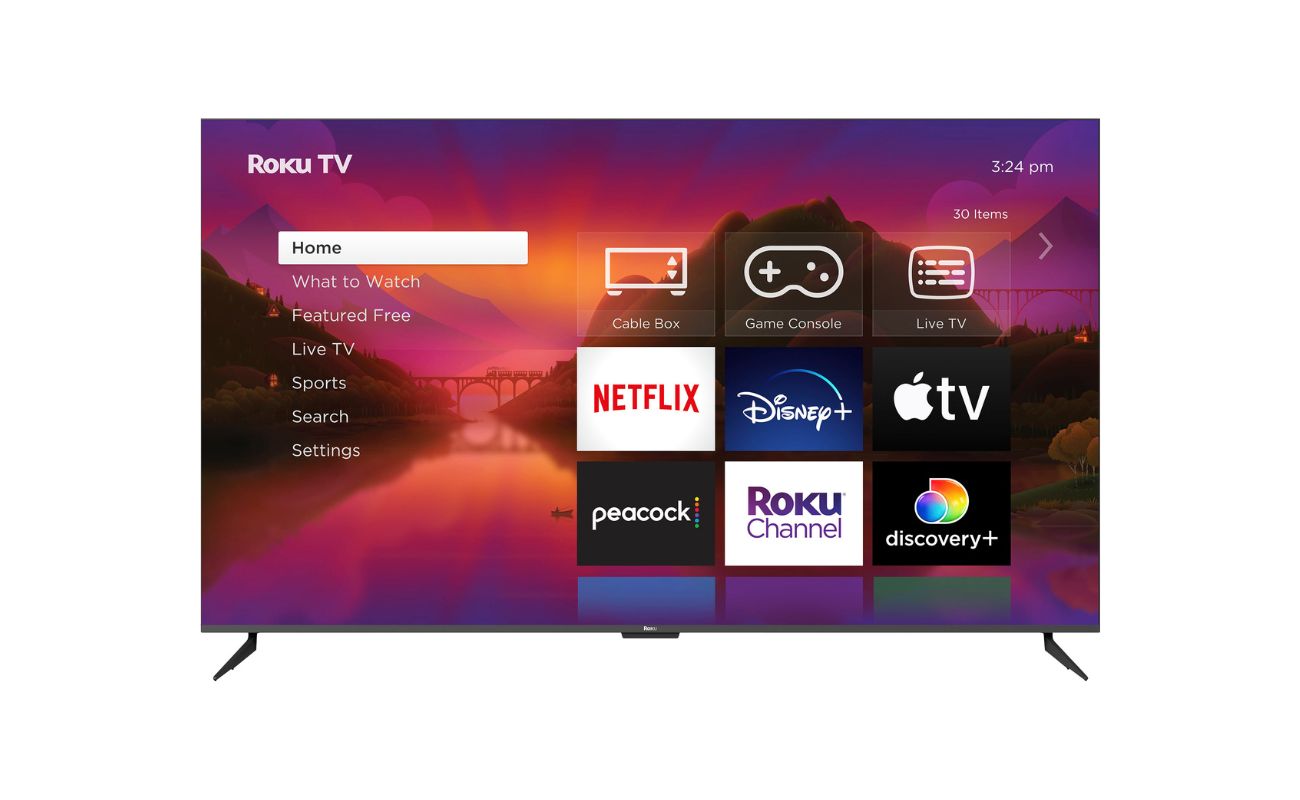

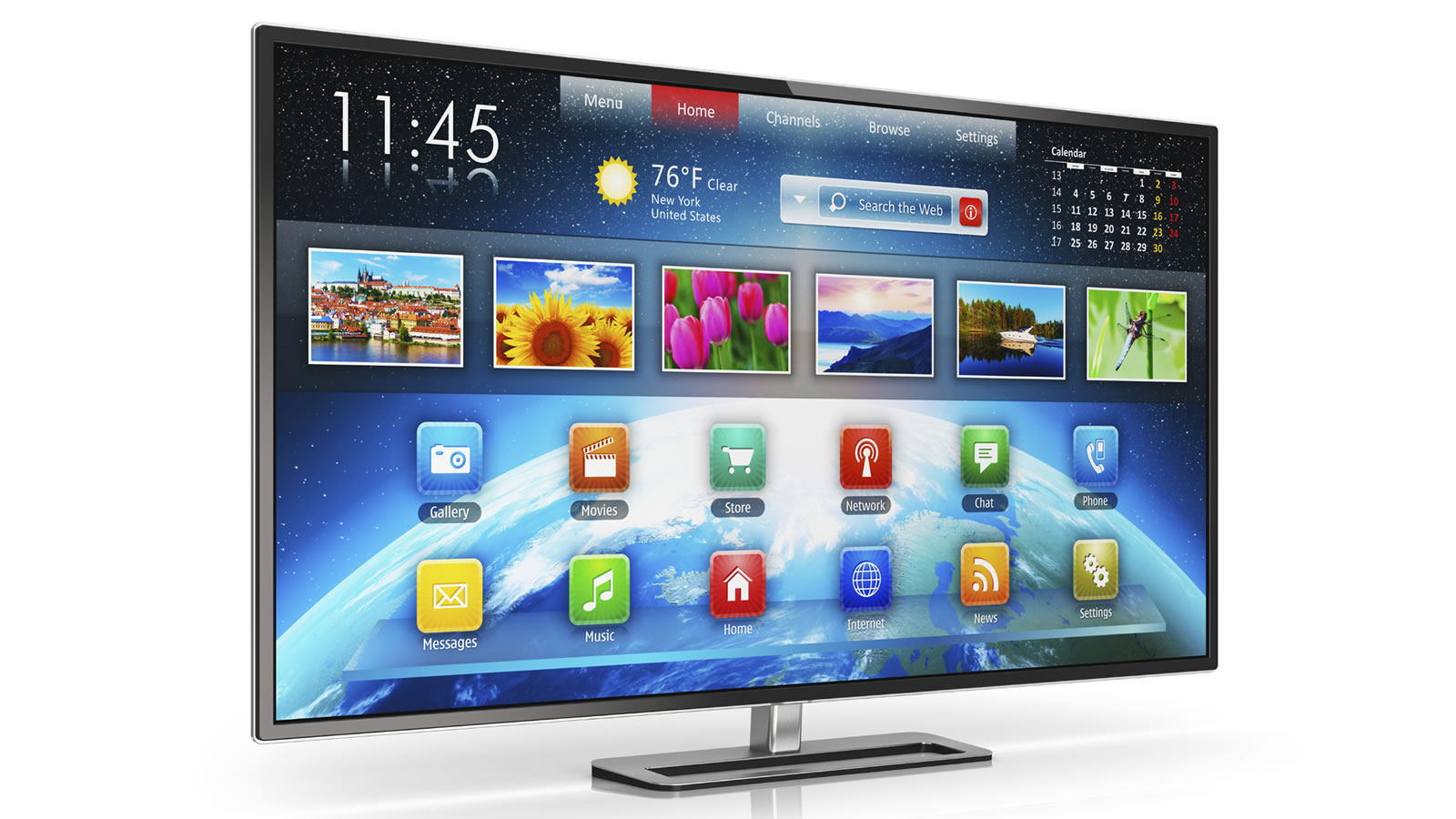







0 thoughts on “What Is Digital Television?”